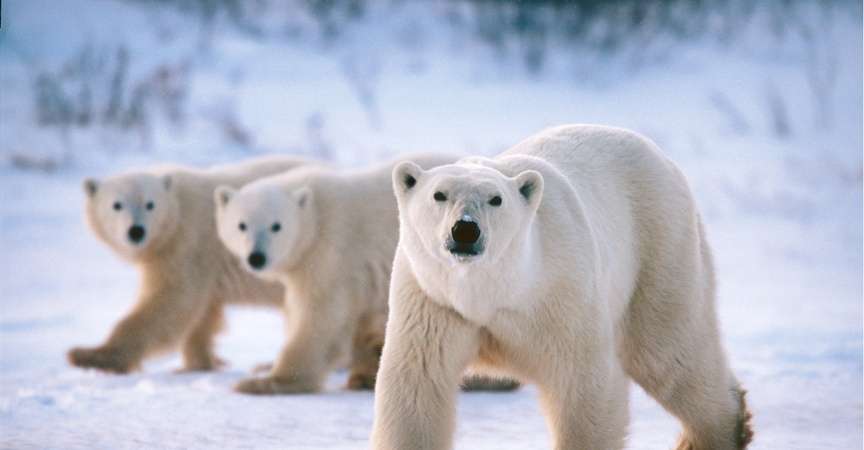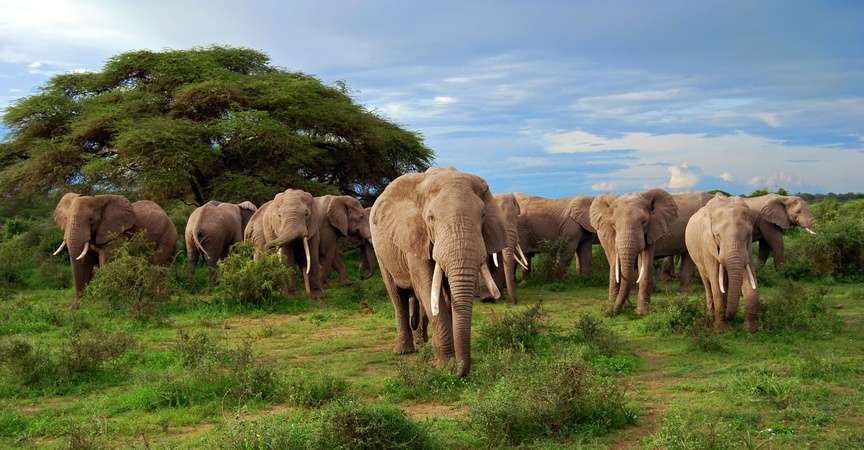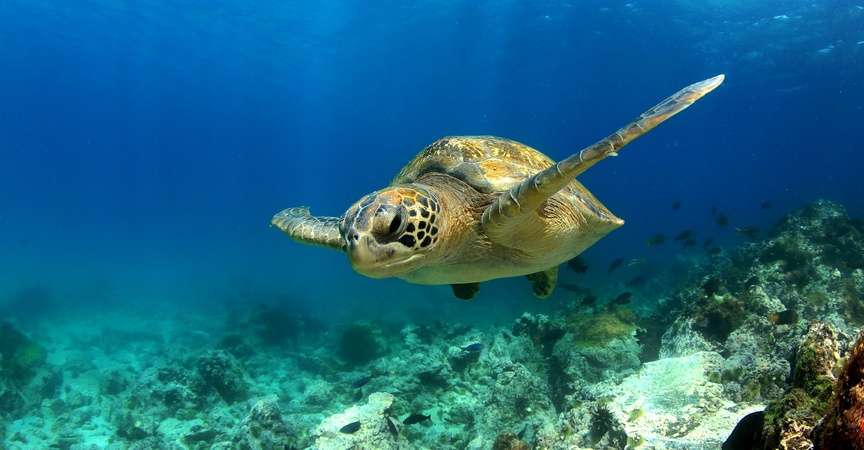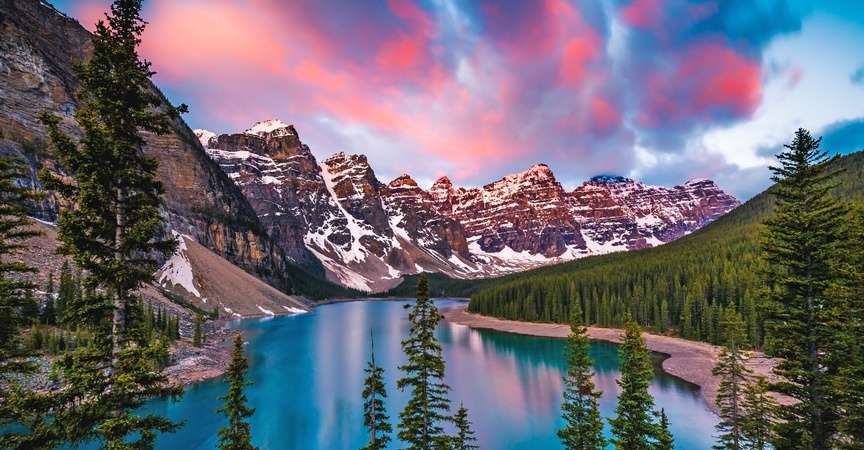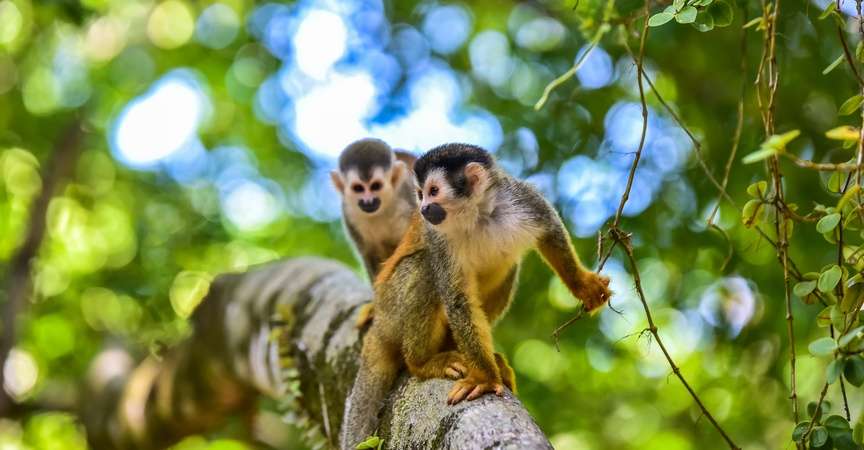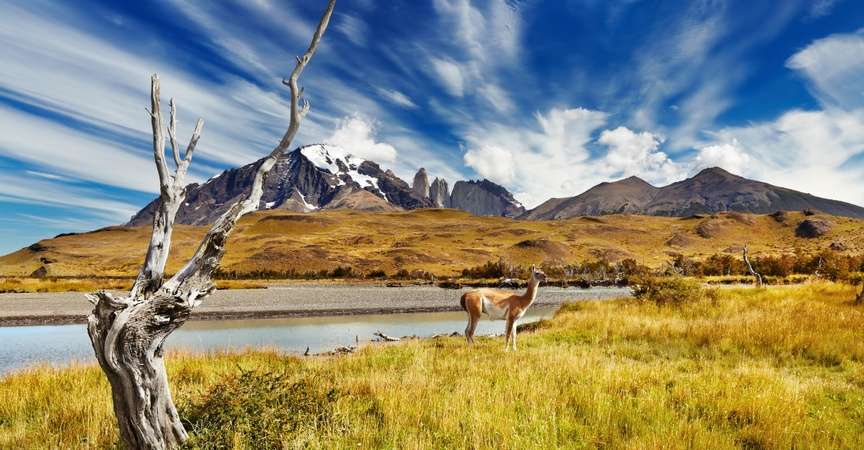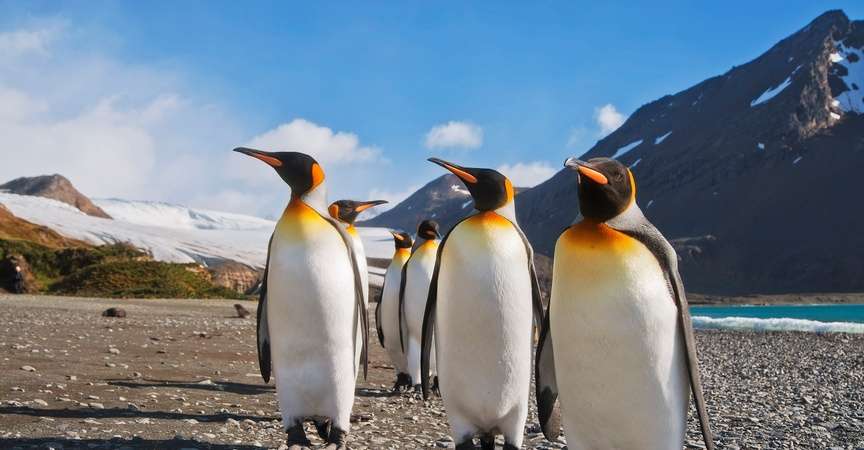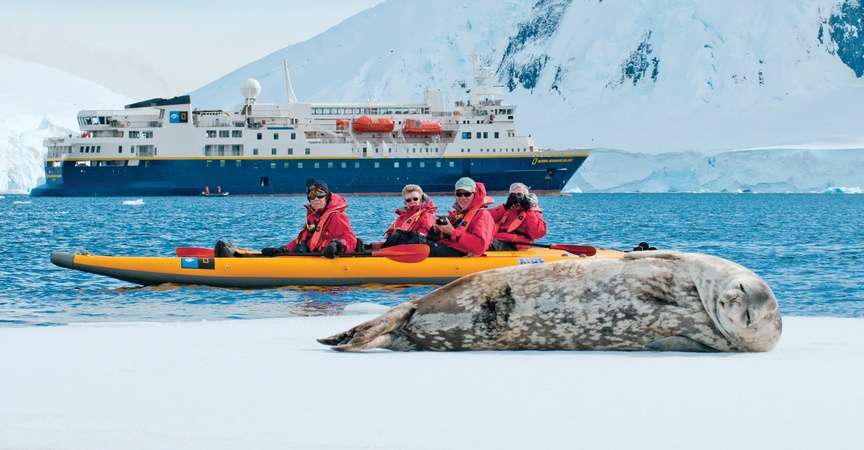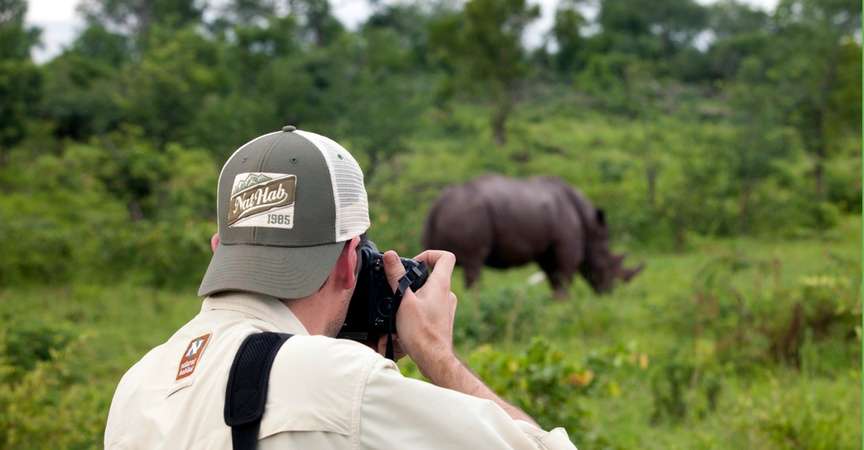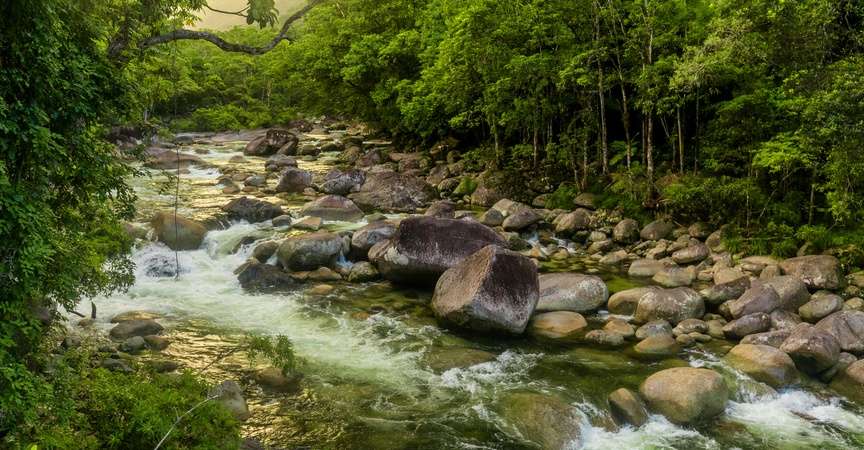Trips by Region
Polar Bear Tours
Meet the King of the Arctic roaming its wild tundra home on the edge of Hudson Bay in Churchill, Canada
African Safaris
Intimate wildlife adventures featuring uncrowded private reserves and remote luxury bush camps
Galapagos Tours
Meet unique and amiable wildlife up close on expertly guided small-group explorations in the Enchanted Isles
Alaska Adventures
Get close to brown bears, explore Denali and see abundant marine life by private boat in Kenai Fjords & Prince William Sound
U.S. National Parks Tours
Look for wolves in Yellowstone, gape at the Grand Canyon, hike Glacier's alpine heights, watch the sunrise in Acadia...and more!
Canada & the North
Watch whales, heli-hike in the Canadian Rockies, see icebergs calve in Greenland, witness the northern lights
Europe Adventures
Explore the wild side of Europe as we leave big cities behind to explore less-discovered natural wonders
Mexico & Central America Tours
Ecotourism adventures with gray whales, monarch butterflies, sea turtles, scarlet macaws & more!
South America Adventures
From the Amazon to the Andes, from the Pantanal to Patagonia, explore this continent's amazing biodiversity
Asia & Pacific Adventures
View endangered pandas, tigers, orangutans, pygmy elephants, rhinos, koalas & other wildlife
Antarctica & Arctic Journeys
Commune with penguins, puffins and polar bears in the most remote wilderness areas on the planet
Adventure Cruises
Small-ship expedition voyages to the ends of the earth: explore polar regions, Amazon, Alaska & beyond
Photography Expeditions
For avid photographers of all ability levels, with coaching from an expert naturalist–photographer guide
Women's Adventures
Led by Nat Hab's top women Expedition Leaders, these departures have a special focus on the contributions of women in our destinations
Family Adventures
Discover, explore and have fun in nature as you build lifelong memories across generations!
New Adventures
Check out our newest trip offerings and first-run adventures all around the world!








